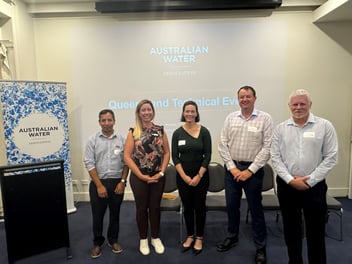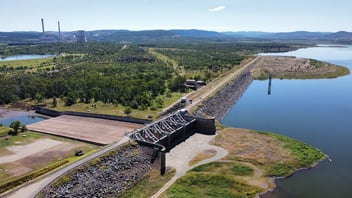Federal Government backs tidal power as next wave of renewable energy
Tidal electricity generation got a push from the Australian Government recently, with their commitment to invest in a new feasibility study.
The project, “Tidal Energy in Australia: Assessing Resource and Feasibility to Australia’s Future Energy Mix”, will be led by the Australian Maritime College at the University of Tasmania in partnership with CSIRO and University of Queensland, and is expected to cost $5.85 million in total.
The government has pledged $2.49 million through the Australian Renewable Energy Agency to help cover the cost of the project, which will map Australia’s tidal energy and assess its ability to contribute to energy needs.
University of Tasmania Lead Chief Investigator and Associate Professor Irene Penesis said the project will help not only map tidal energy, but also help establish commercial viability by giving investors more reliable information.
“With some of the largest tides in the world, Australia is ideal for this extremely reliable and low-carbon form of energy,” Penesis said.
“Potential investors are held back by a lack of detailed information on tidal resources that would help them understand the risks and opportunities available.
“This project will address this knowledge gap and provide the information that developers need to deploy their technology in the most energetic tidal sites in Australia.”
The study is intended to include a technical and economic feasibility assessment, and also to develop an economic case for connecting high-potential tidal wave sites to Australia’s electricity infrastructure.
University of Queensland Chief Investigator Dr Remo Cossu said the project will help build on tidal site data, with the aim of producing an Australia-wide hydrodynamic tidal model.
“I will help the team determine which areas are best suited for tidal energy farms, investigating how much energy is in the water and available at different times of the tidal cycle and whether the seafloor characteristics of chosen sites are suitable for mounting tidal turbines,” Cossu said.
“We hope to make significant advances in the field of tidal site characterisation. A national-scale hydrodynamic tidal model will map the scale and distribution of the nation’s tidal energy resources to the nearest 500m.”
Other financial contributors to the project include: OpenHydro, Protean Wave Energy, MAKO Tidal Turbines and BioPower Systems.



